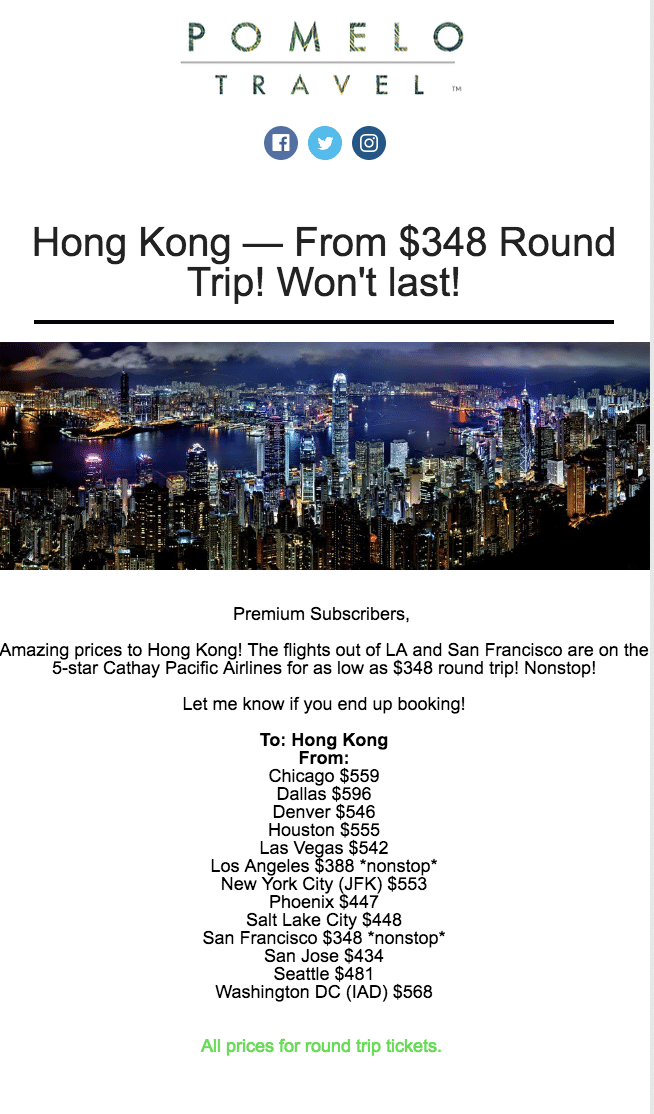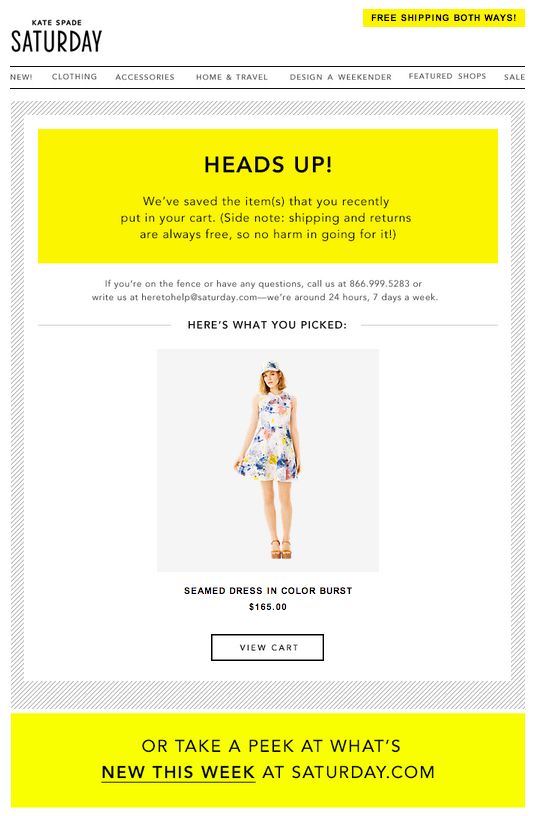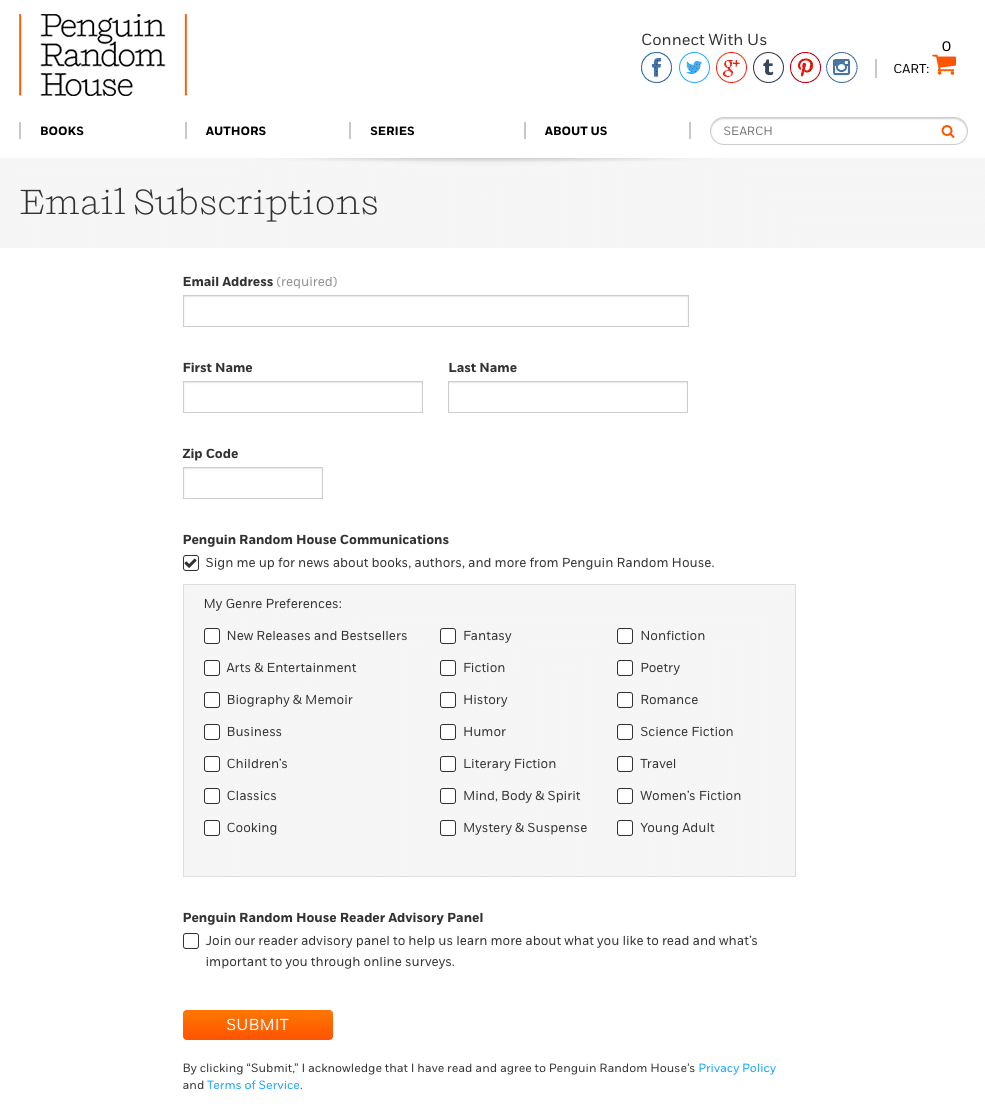Relevance is one of the most powerful ways to organically boost engagement. That’s because content that matches readers’ interests stands out and attracts more clicks and conversions.
What’s more? DMA data shows that relevance accounts for 58% of all email revenue, while Campaign Monitor research indicates it can boost revenue by up to 760%.
But how do you implement relevance across the board? The answer is segmentation. While it’s easy to make an email relevant when you’re sending it to one person, this is much more difficult to do at scale. Segmentation allows you to divide your lists into different categories so that you can send emails that are more relevant.
Here are 10 ways to use segmentation to create relevant messages that increase reader engagement.
1. Segment by geographic location
Localizing your message can improve click-through rates by as much as 13%, and localization via dynamic content allows you to include location-specific images and offers in the body of your email. This helps you avoid tone-deaf errors (like using the New York skyline as the background image in an email to customers in Sydney) or sending out offers that don’t apply to the recipient’s location.
We see this in action with Pomelo Travel advertising airfare from the subscriber’s home airport:

2. Segment by demographics
The goal of behavioral marketing is to get us closer to a world where we sell products to people looking for exactly those products. While that world doesn’t exist yet, demographic segmentation is a huge step in the right direction.
Rather than sending out an email selling “shoes,” a retailer can automatically send separate emails for men’s and women’s shoes (and even segment by shoe size). This feature is a game-changer for retailers with many product SKUs.
3. Segment by interests
People like to engage with content they’re interested in. It’s as simple as that. People report lack of interest as one of the leading reasons they get annoyed by emails, while 74% of people report feeling frustrated by irrelevant emails.
This means you need to be interesting. Ask subscribers what their interests are right in the signup form. Sites like BuzzFeed, with a wide array of content, allow you to select your interests from a long list of topics. You can also consider using different signup forms for different pieces of content.
4. Segment by behavior
Between 60% to 80% of online shoppers abandon their carts. Email retargeting lets you do something about this by sending emails to subscribers who left your site without checking out. According to AdRoll, retargeting emails have an average open rate of 60% and a click-through rate of 15%. That’s over 3x the industry average. Here’s how retailer Kate Spade does it:

Another advantage of retargeting is that it gives you the ability to target those who are taking their sweet time in the buyer’s journey. You can create segments for people who don’t act quickly and send them tailored messages that speed things up via urgency or limited time offers.
5. Segment by buyer personas
B2B marketing doesn’t target business (because, well, businesses can’t read.) Instead, it targets people working within businesses. With buyer personas, you can design emails around the needs, interests, and pain points of the real people who will be reading your content and using it to make business decisions.
Email surveys are a great way to collect the information you need to come up with accurate and in-depth buyer personas. With the feedback you gather from these surveys, you can make informed choices about your email marketing strategy.
6. Segment by jobs, teams, and roles
An email that’s relevant to a founder or CEO probably doesn’t look like one that will resonate with someone in the marketing department of the same company.
Segment your email list based on your subscribers’ different roles and specialties. Consider breaking down subscribers into segments such as:
- Job-based lists
- Team-based lists
- Role-based lists
7. Segment using different newsletters
Don’t underestimate the engagement-driving power of the old-school email newsletter format.
Conventional wisdom might tell you that people don’t have the attention span for a newsletter chocked full of content, but people tend to have more time for things they find relevant and interesting.
Capture attention with different newsletters for different segments. The New York Times has over 30 different newsletters. They’ve achieved an astonishing 70% open rate by crushing segmentation to send the right newsletters to the right readers.
With the potential for those kinds of results, a segmented newsletter could level-up your email from a content distribution channel to a multimedia platform.
8. Segment your segments
Make your segments even more specific using lists within lists.
For example, say you have multiple newsletters and one of them is about fashion. You can further segment that segment by demographics, sending out a women’s fashion newsletter and a men’s one. From there, you might further segment into item-type lists, such as hats, shoes, tops, etc.
9. Encourage self-segmentation
The key to successful segmentation (or personalization of any kind) is capturing the right data. One of the best ways to capture data is right up front in your signup forms.
This is a segmentation win-win: It’s less work for you since subscribers are segmented automatically based on their answers, and your subscribers will know exactly what to expect from your emails.
Put some thought into your signup forms and design your questions based on the answers you’ll need for segmentation.
10. Guide subscribers to a preference center
Allow subscribers to control their experience with a preference center. This is a self-segmentation feature that allows subscribers to tailor your emails to their needs.
This not only keeps your content relevant and on target but improves lead quality. Bad leads can self-select out or, better yet, become higher quality through self-selection. Before subscribers choose the nuclear option of unsubscribing, a preference center gives them the option to simply receive fewer emails or different emails.
Penguin Random House asks you which genres you’d like to hear about when you sign up:

Wrap up
Segmentation gives you the power to reach a broad range of readers and, at the same time, make each one feel like your email was written for just for them. With so many ways to segment, it’s a strategy that’s as customizable as the emails it allows you to send.





